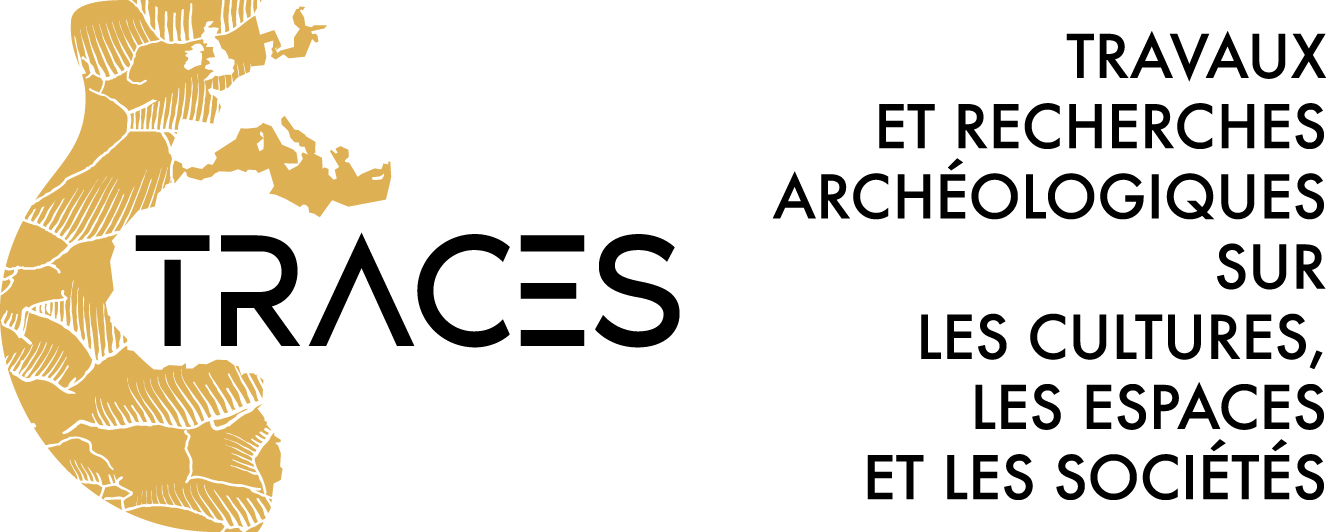-
Partager cette page
Geological, mineralogical and environmental controls on the extraction of copper ores in the British Bronze Age - evidence from site-based studies and archaeological excavations in England and Wales
 Over the last twenty years the discovery and excavation of some twelve Bronze Age metal mines or prospection sites, and the probable identification of at least eight others within England and Wales, have provided a suitable timeframe for the first exploitation of metal within the UK (Timberlake 2009). This consisted of a widespread phase of early prospection between 2000 and 1650 BC followed by production at a very limited number of sites (such as the Great Orme in North Wales) continuing right up until the Late Bronze Age. All of these investigations, except for that on the Great Orme, form part of a long term programme of study currently being undertaken by the Early Mines Research Group.
Over the last twenty years the discovery and excavation of some twelve Bronze Age metal mines or prospection sites, and the probable identification of at least eight others within England and Wales, have provided a suitable timeframe for the first exploitation of metal within the UK (Timberlake 2009). This consisted of a widespread phase of early prospection between 2000 and 1650 BC followed by production at a very limited number of sites (such as the Great Orme in North Wales) continuing right up until the Late Bronze Age. All of these investigations, except for that on the Great Orme, form part of a long term programme of study currently being undertaken by the Early Mines Research Group.
Bronze Age workings have been identified at Parys Mountain on the northeastern corner of Anglesey (Timberlake 1990; Jenkins 1995). Primitive' style surface workings mined using stone cobble tools and with brushwood fires were reported in 1796, whilst a small area of this was re-located in the 1930s, then subsequently re-excavated and dated in 1988. Since that time several prehistoric workings have been discovered and excavated underground at the points where these drifts intersect with the roofs of nineteenth century levels and stopes at depths of around 5m to 50m below surface (Jenkins ibid.). The form of these deposits may suggest repeated working within a series of steeply inclined opencasts dug on surface weathered portions of quartz chalcopyrite veins; access being where excavation was possible through partly decomposed pyritic shales, and where the water table was lower due to fracturing and previous solution of the sulphide veins. Although any substantive gossan present would already have been removed by glaciation, it seems that some native copper and copper oxides may have been found at surface, whilst copper sulphates could have been extracted within the zone of rapidly oxidising sulphide underground.
The largest group of twelve Bronze Age mines, the majority of which appear to be little more than prospection sites, is to be found within the Central Wales orefield. Most of these lie within the uplands and correspond with small, discontinuous, near surface pockets of copper (chalcopyrite) ore on SW-NE trending lead-zinc-silver veins and are grouped within distinct prospection areas which it is suggested may relate to areas of rapid tree clearance and erosion during the Early Bronze Age, as well as to the exposure of quartz-ankerite vein and colourful weathered copper minerals at surface (Timberlake 2002). We find this on Copa Hill, Cwmystwyth in the south-east of the orefield, where the Comet Lode was exploited to remove a rich pocket of ore by means of opencasting to a depth of over 10m (Timberlake 2003). Artefacts including antler picks and hammers, twisted hazel ropes and handles for hafted stone tools, basket fragments, mine timber (stemples and fire wood), plus several well preserved wooden launders made of oak and alder used for drainage and perhaps also for ore washing, and upwards of a thousand cobble stone tools have been recovered from these workings. Some 75% of these cobbles appear to have been brought to the site from the coast some 20km distant. A mineralogical study of the ancient mining spoil and worked vein seems to confirm that a weathered chalcopyrite ore intermixed with galena was being worked. This was crushed and the galena discarded, whilst the chalcopyrite seems to have been ground, perhaps to remove the copper carbonates and other secondary minerals from goethite and sulphides. A mixture of these could more easily have been smelted and reduced to copper than a pure chalcopyrite ore. In fact, coring of these veins has shown that the prehistoric miner stopped here, right on the edge of the zone of weathering of the sulphides (Jenkins & Timberlake 1997). This zone of weathering afforded access to the deposit and also the depressed water table which allowed initial extraction. Exploitation here began with the quarrying of the mineralised scree and exposed cliff around 2100 BC, followed by opencasting on the vein, reaching a depth of well over 10m by 1950BC, yet problems with water eventually led to the abandonment of this site.

In contrast to the above geological setting are the Bronze Age mines exploited within the Triassic sandstones of Alderley Edge in Cheshire, England (Timberlake & Prag 2005). These workings, such as we find at Engine Vein consist of a series of small benched pits connected in places by narrow opencuts dug to extract thin discontinuous lenses of malachite, azurite and occasionally chrysocolla formed in between layers of baritised sandstone, conglomerate and interbedded mudstone. In fact here there are two distinct but related deposits; one concentrated along the bedding planes of sandstone forming richer pockets close to the mineralising faults, and another poorer yet more easily worked deposit consisting of small nodules of malachite and azurite present within the intervening mudstone. Prior to the Bronze Age this mineral deposit may also have been an important source of colourful pigments. It is possible therefore that there is some connection between the presence of Mesolithic hunting camps close by and the various sites of mineral extraction (Timberlake 2009).
Within the last two years several potential Bronze Age workings have been located on Ecton Hill, a limestone peak on the eastern side of the Manifold Valley in Staffordshire, less than 50km SW of Alderley Edge. A prehistoric date for some of the early workings associated with rich pipes' of copper ore outcropping on the surface on the hilltop ridge was suggested following the discovery of a part-worked antler point by the archaeologist John Barnatt during cave exploration undertaken underground at the Stone Quarry (Dutchman) Mine in 1997 (Barnatt & Thomas 1998). Likewise the distribution pattern of infrequent hammerstones on the hillside suggested the presence of Bronze Age mining nearby associated with the Ecton Pipe and with cave-like' workings on The Lumb. The detatchment of the limestone beds within these tightly folded rocks seems to have provided voids for mineralisation, and on exposure, the development of deep weathering and alteration of the primary chalcopyrite to copper carbonates. The dip allowed access for groundwater existing voids which could be enlarged through simple levering and hammering with stone tools. One of these workings was excavated last September revealing a shallow opencast dug into a soft dolomitised and mineralised horizon; the age of which is suggested by the tip of an antler tool (1880-1680 cal BC) accompanying other bone scrapers. In some respects this method of working was very similar to that observed on the Great Orme (Lewis 1990, 1996). No traces of smelting have been found at any of the mine sites investigated, though we have some enigmatic evidence from Pentrwyn on the Great Orme (Jones 1999). However, a programme of experimental smelting has shown that pure copper could be produced simply from a mixture of carbonate and rotted chalcopyrite ore (Timberlake 2007).






